Ever heard the saying, “The right fit makes all the difference”? Well, when it comes to business, it’s true, especially when we’re talking about distribution agreements. These agreements are like the roadmap to getting your product into the hands of your customers, and having the right one can truly set you up for success.
We get it, navigating the world of legalities and contracts can be a bit overwhelming. That’s why we’ve put together this treasure trove of free distribution agreements. We’ve categorized them thoughtfully, considering different industries and business approaches, so you have plenty of options to pick from.
Ready to streamline your distribution game? Take the first step by grabbing your free distribution agreement templates formatted in Microsoft Word. It’s simple – just a click away, and you’ll have access to a world of possibilities for your business. Let’s make your products reach the right hands, the right way.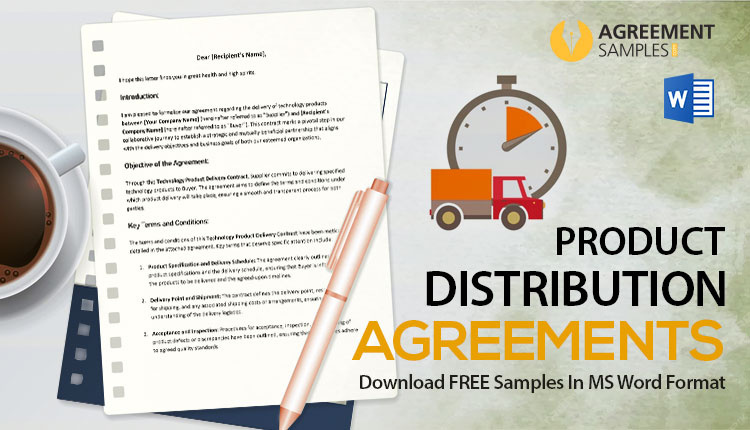
Making it official: teaming up exclusively for product distribution, aiming for success and growth, hand in hand.
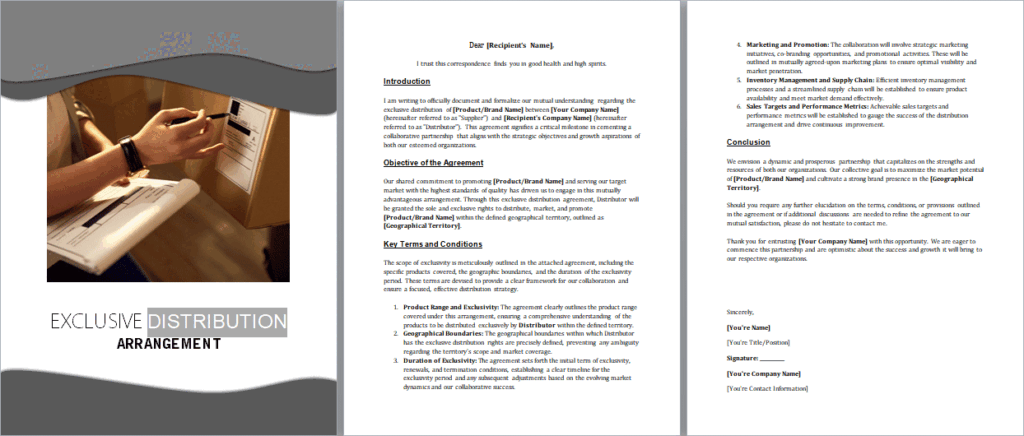
Keeping options open: a flexible partnership for product distribution, embracing collaboration without exclusive ties for mutual benefit.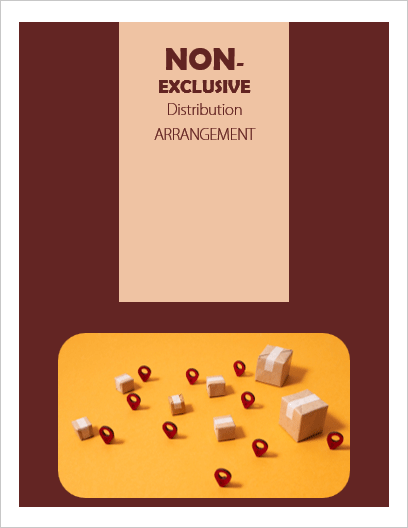
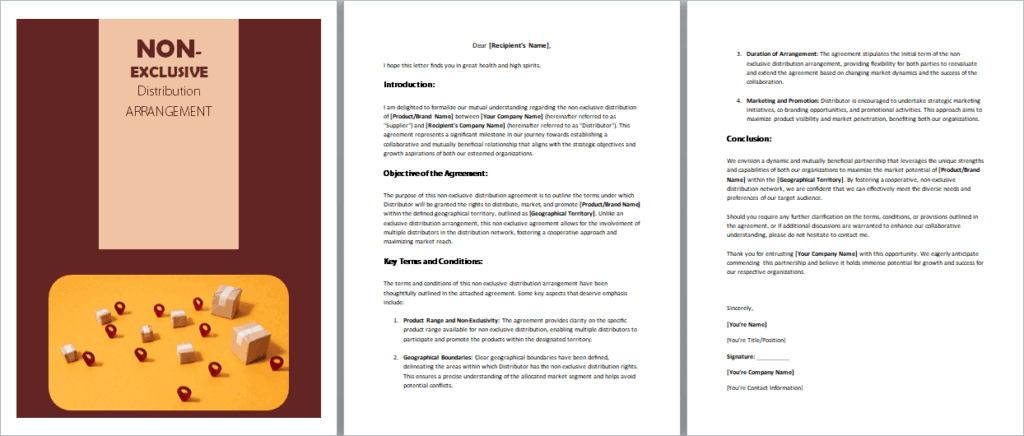
An exclusive bond: entrusting a single partner with product distribution, amplifying focus, and efforts for a fruitful, mutually dedicated alliance.

Crafting success through precision: a deliberate and selective product distribution pact, tailoring our approach for strategic market penetration and heightened customer delight.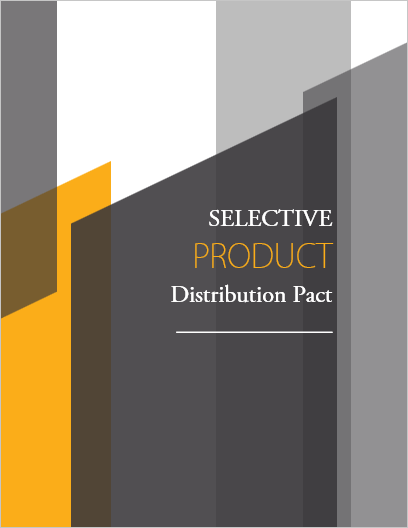

A franchise-based product distribution contract that harnesses the power of established success to expand market reach and bolster brand presence.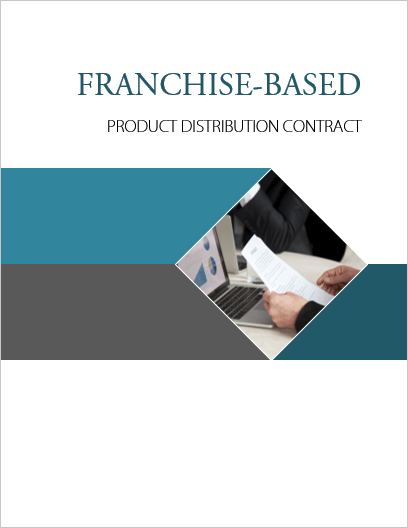
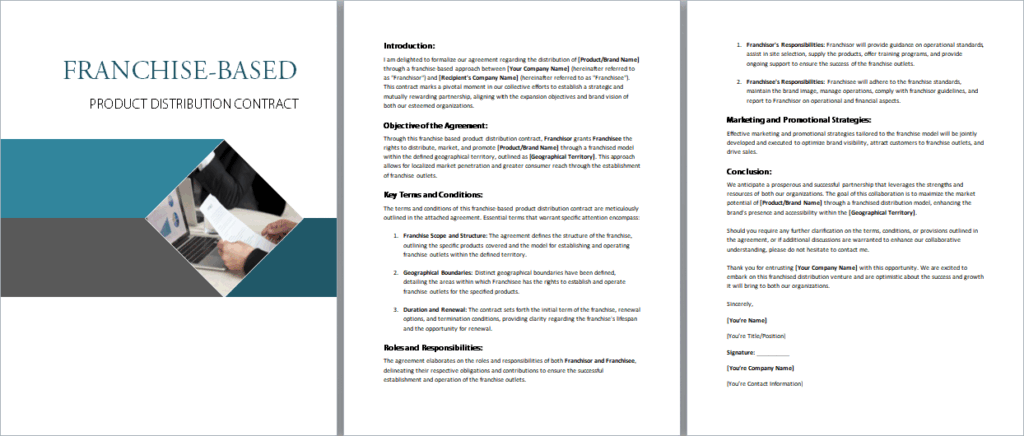
A retail network distribution contract that leverages a robust network of sales outlets, ensuring broader market access and customer engagement.

Bulk distribution in focus: A wholesale supply agreement streamlining large-scale product distribution, optimizing efficiency and cost-effectiveness for mutual growth and customer satisfaction.
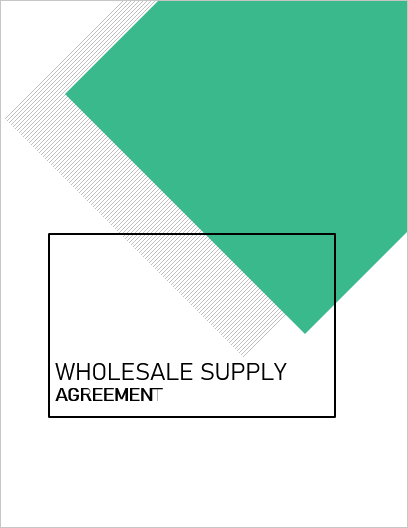

Global strides in collaboration: An international market distribution pact aiming to navigate and conquer international territories, pooling resources for a concerted effort towards widespread product accessibility and market prominence.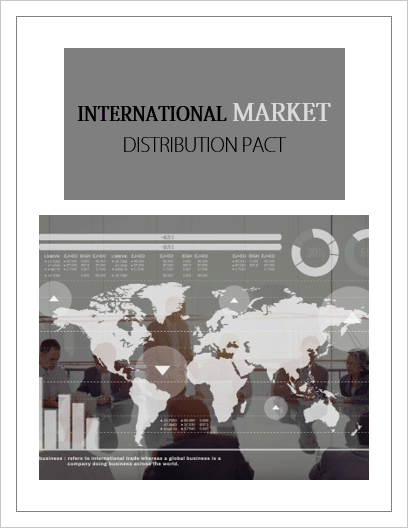
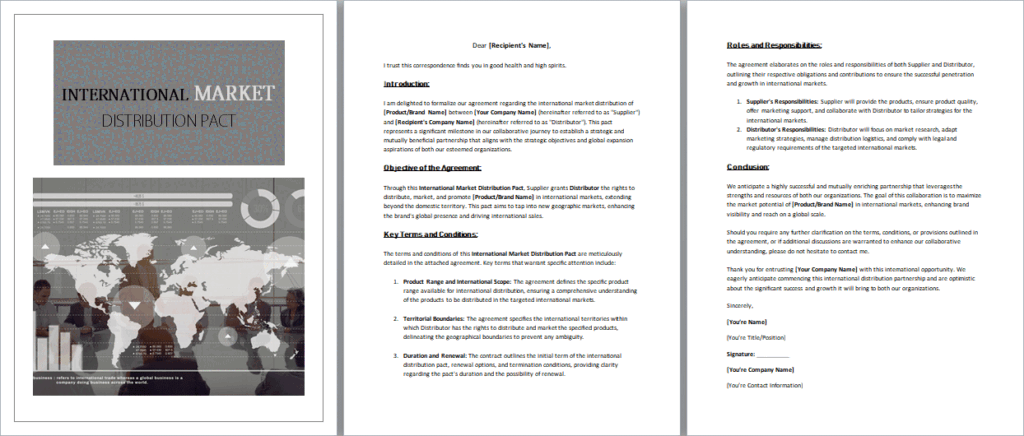
Swift and seamless technology at your doorstep: A technology product delivery contract ensuring prompt and precise delivery of cutting-edge products, enhancing accessibility, and meeting the dynamic demands of tech-savvy consumers.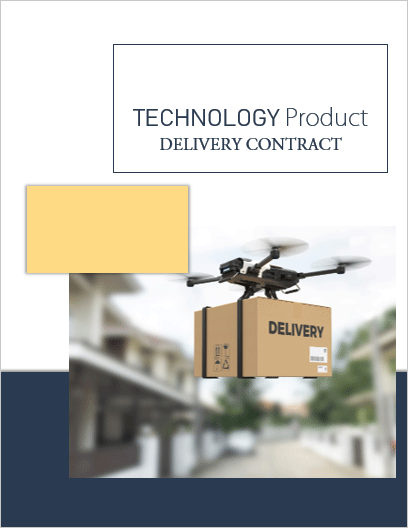
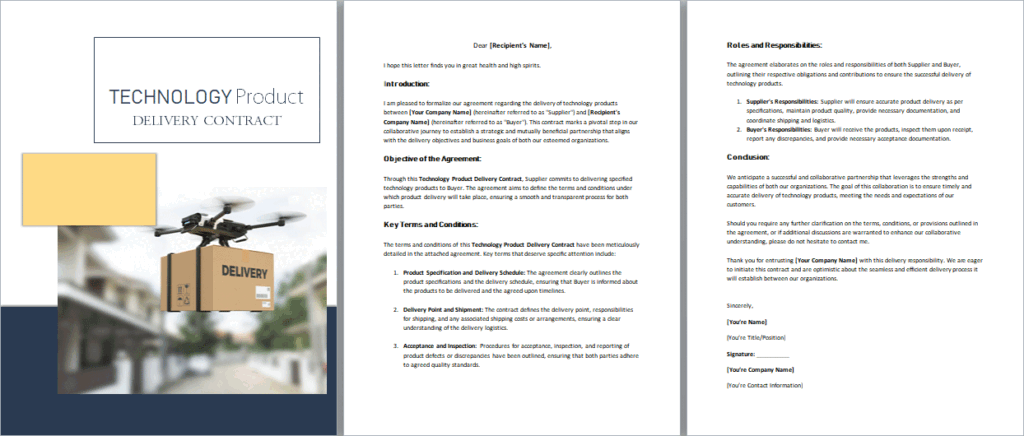
Nourishing partnerships: Food product supply arrangements designed to efficiently meet the demand for culinary delights, ensuring the timely delivery of quality food products to satisfy appetites.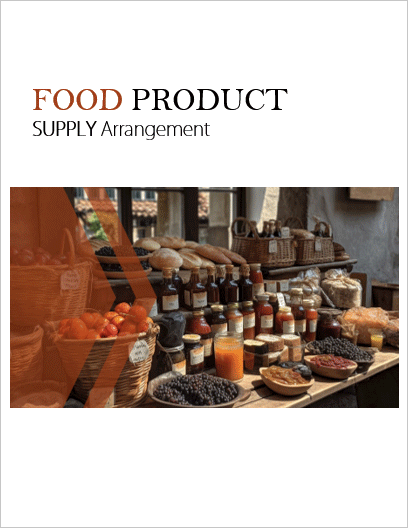
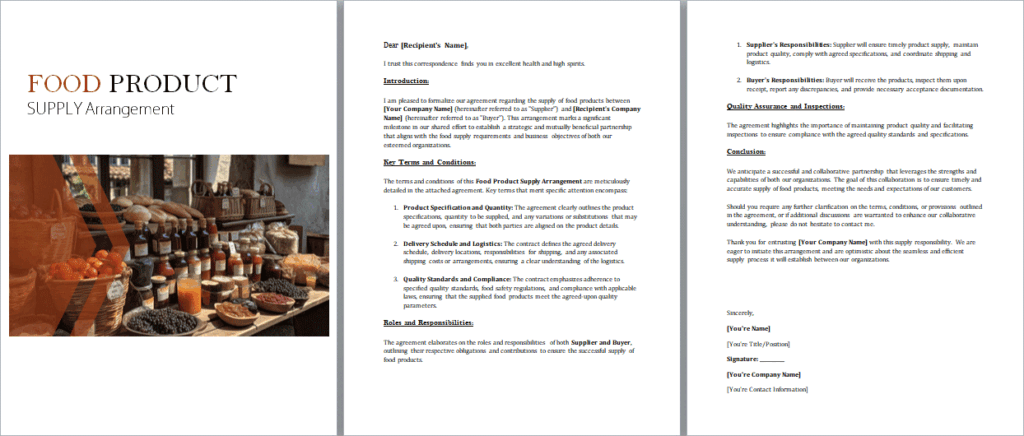
Healthcare delivered: Dispatch pact committed to distributing vital medications promptly and safely, bridging the gap between patients and essential health solutions with precision and care.
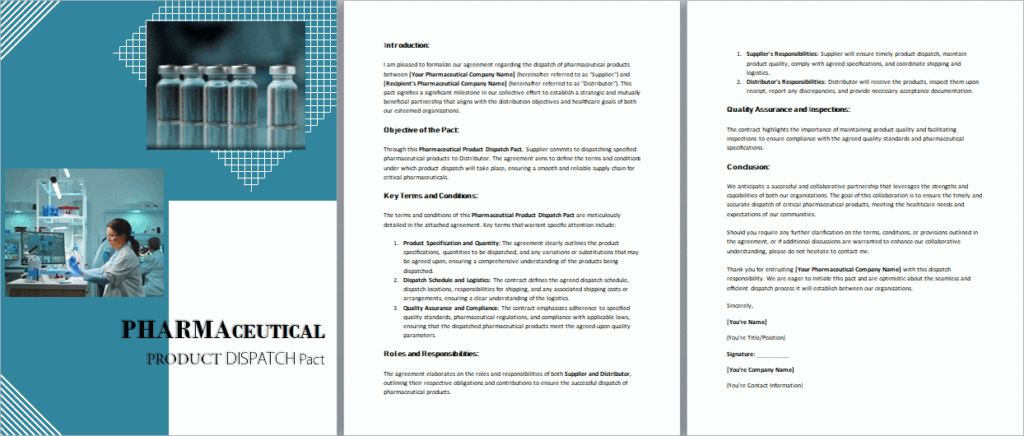
Powering the future: An electronics product supply contract designed to efficiently deliver cutting-edge technology, enabling innovation and enhancing lives through reliable and swift product distribution.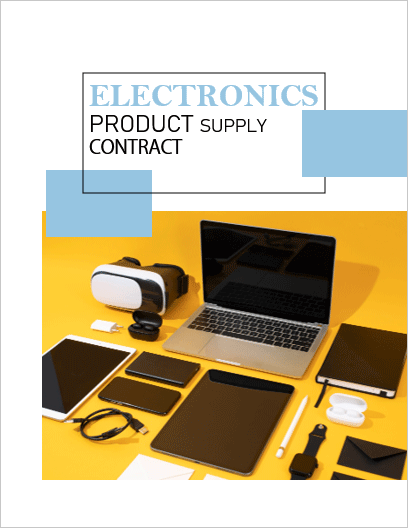
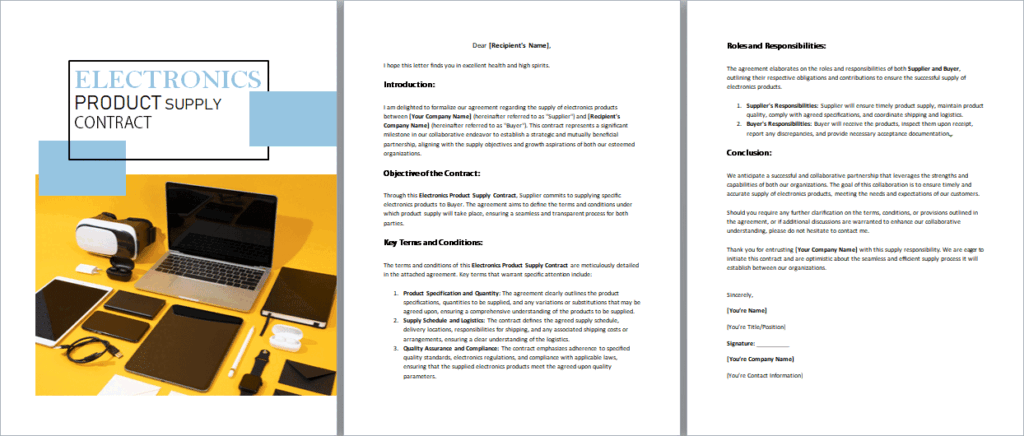
Style in motion: A fashion merchandise distribution pact fueling trendsetting journeys, spotlighting creativity, and delivering fashion-forward products to eager markets with precision and flair.

Streamlining digital delivery: This agreement is all about efficiently getting innovative software into your hands.

A distribution agreement is a legal contract between a product manufacturer or supplier and the distributor or reseller responsible for getting the product into the market. It defines the terms, conditions, and responsibilities of each party, ensuring a clear, mutually beneficial collaboration.
A well-crafted distribution agreement can:
Choose the right distribution agreement based on their product, market, and business goals:
By taking these steps, you can choose a distribution agreement that’s just right for your product, market, and business dreams.
Product distribution involves getting a product from the manufacturer to the consumer. An example would be a smartphone manufacturer shipping its products to retail stores where consumers can purchase them. Online sales and e-commerce platforms are also common distribution channels today.
There are four primary distribution strategies:
The product distribution process generally includes four steps:
Product distribution plays a critical role in getting a product from the manufacturer to the consumer. It ensures that products are available when and where consumers want them. Efficient distribution can increase market reach, reduce costs, and improve customer satisfaction.
A product distribution strategy outlines how a company plans to get its products to consumers. It involves decisions about which distribution channels to use (e.g., wholesalers, retailers, online platforms) and the level of distribution intensity (intensive, selective, exclusive). The strategy aims to align distribution with the company’s overall business goals.
Distribution is the process of making a product or service available to consumers. It involves various activities, from manufacturing and warehousing to transportation and retail sales. Effective distribution is essential to meet customer demand and achieve business objectives.